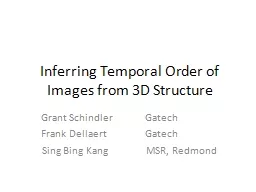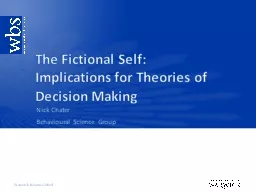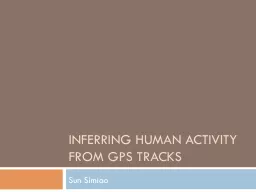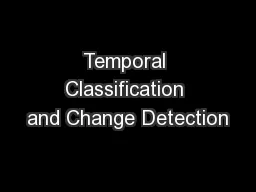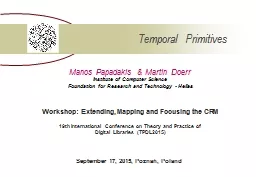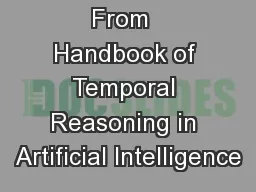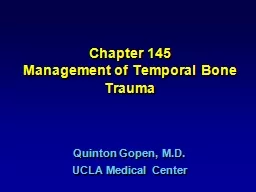PPT-Inferring Temporal Order of Images from 3D Structure
Author : bikersphobia | Published Date : 2020-06-15
Grant Schindler Gatech Frank Dellaert Gatech Sing Bing Kang MSR Redmond Outline Problem Definition Algorithm Overview Applications Things to think about What can
Presentation Embed Code
Download Presentation
Download Presentation The PPT/PDF document "Inferring Temporal Order of Images from ..." is the property of its rightful owner. Permission is granted to download and print the materials on this website for personal, non-commercial use only, and to display it on your personal computer provided you do not modify the materials and that you retain all copyright notices contained in the materials. By downloading content from our website, you accept the terms of this agreement.
Inferring Temporal Order of Images from 3D Structure: Transcript
Download Rules Of Document
"Inferring Temporal Order of Images from 3D Structure"The content belongs to its owner. You may download and print it for personal use, without modification, and keep all copyright notices. By downloading, you agree to these terms.
Related Documents

